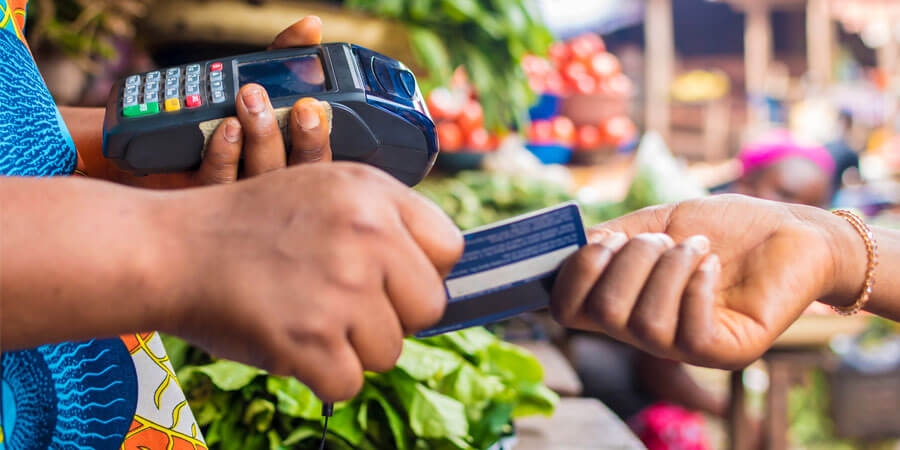Access to traditional banking services is limited in developing countries. The World Bank estimates that 1.7 billion adults are unbanked, yet more than 65% of them own a mobile phone. For this group of underserved in developing countries, mobile money is a technology that enables them to receive, store and spend money using just a mobile phone, in the absence of a bank account.
According to the GSMA, registered mobile money accounts reached 1.21 billion globally in 2020, increasing by 12.7% year-on-year. While Africa leads in terms of the number of mobile money accounts, one in every four registered mobile money accounts is in South Asia. Owing to the pandemic, the monthly value of cross-border remittances via mobile money surpassed US$1 billion for the first time last year, representing a 65% growth. In the coming years, a growing mobile subscribers base in emerging markets will continue to fuel the expansion of mobile money markets.
Providing access to basic transactions
The rise of mobile money has opened up opportunities for telecom operators, mobile money providers, banks and fintech firms, depending on the mobile money landscape and regulations.
For telecom operators, this allows diversification of their portfolio and unlocking new business streams. Partnership opportunities are also aplenty as banks can leverage telcos’ network coverage and connectivity in rural and remote areas to reach the underserved and drive financial inclusion. Telecom operators can tap on emerging or even untouched mobile money markets to capture new revenue sources by supporting functions like e-commerce, paying for bills and peer-to-peer (P2P) transfers, therein profiting from processing fees, currency conversions and advertisements. They can entice subscribers with loyalty programmes that offer rewards to encourage increased transactions, at the same time retaining subscribers. Furthermore, telecom operators can also leverage machine learning algorithms to drive insights from subscribers’ data to offer better-suited financial services and products.
Telco-led mobile money markets for wider penetration
In respect to this, Asia can take cues from Africa, the largest mobile money market, where about one in every ten adult uses a mobile money account. The advent of mobile money has helped Africans, of which only 40% of adults have a banking account as opposed to 84 % with a mobile phone, to achieve improved financial management. Recognising the potential in this fast-growing market, Mastercard has recently announced that it has partnered Airtel’s mobile money arm to provide secure e-commerce payments globally.
Needless to say, regulations governing a country’s mobile money market are critical for the success of mobile money adoption. Using Africa as a reference, GSMA purports that telco-led mobile money claims a higher penetration as compared to bank-led mobile money markets. This can be observed in how telco-led mobile money markets in Kenya, South Africa and Ghana surpass Nigeria’s.
Even though the Nigerian authorities granted non-financial companies and subsequently telecom operators to provide mobile money services in 2018 to counter low mobile money adoption, the largest operators were denied a license partly owing to resistance from the financial sector. In developed countries where mobile phone usage exceeds access to banking services, a telco-led mobile money market is believed to attract more users and agents as people are more receptive towards perusing services from a familiar brand.
In Asia, where mobile money markets are burgeoning, Vietnam is the latest country to approve mobile money applications. In March, Vietnam approved a two-year mobile money pilot programme. According to Vietnam’s Ministry of Industry and Trade’s Department of E-commerce and Digital Economy, the country’s e-commerce revenue reached US$11.8 billion in 2020, increasing by 18% from the preceding year. This signals the potential of Vietnam’s growing e-commerce sector and the prospects of mobile money platforms. With about 154 million mobile subscribers as of January 2021 – exceeding the country’s population of 98 million – the pilot programme has sprung Vietnamese telcos, such as Viettel, VNPT and Mobifone into action to provide mobile money services. Like Cambodia, India and Indonesia, the mobile money trend can only go upwards.
As mobile money markets grow, networks should strive to innovate to deliver increased convenience and a wider range of financial services to mobile subscribers, even tapping into partnerships in the financial sector to enhance capabilities and strengthen the overall mobile money ecosystem.








